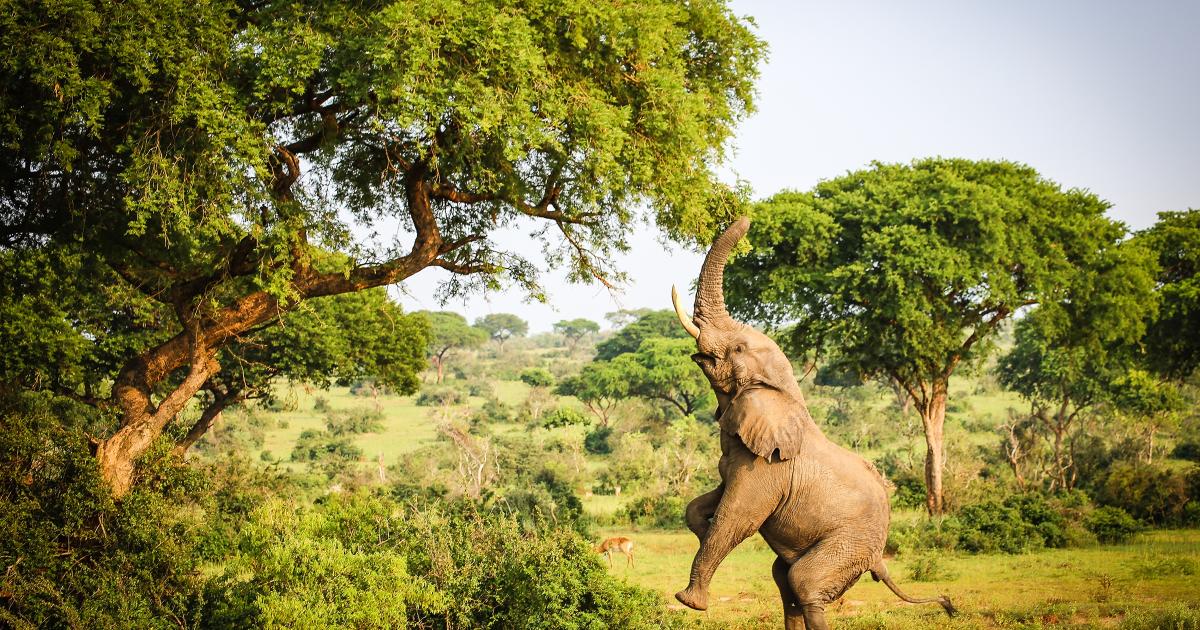Biodiversity, the variety of life on Earth, encompasses the diversity of species, genetic variations, and ecosystems. It is crucial for the health and stability of our planet, ensuring the natural sustainability of all life forms. This article explores the importance of biodiversity, the threats it faces, and the steps we can take to preserve it.
Importance of Biodiversity
- Ecosystem Services: Biodiversity provides essential services that sustain life on Earth. These include pollination of plants, decomposition of waste, water purification, and climate regulation. For instance, forests and oceans act as carbon sinks, helping to mitigate climate change.
- Food Security: A diverse range of species ensures a stable and resilient food supply. Different crops and livestock breeds can withstand various environmental conditions and diseases, providing a buffer against food shortages.
- Medicinal Resources: Many medicines are derived from plant and animal sources. The diversity of species increases the potential for discovering new treatments and cures for diseases. For example, the rosy periwinkle plant has been instrumental in treating childhood leukemia.
- Economic Benefits: Biodiversity supports industries such as agriculture, fisheries, and tourism. Healthy ecosystems contribute to economic growth and provide livelihoods for millions of people worldwide.
- Cultural and Aesthetic Value: Biodiversity enriches our lives through its beauty and the inspiration it provides. Many cultures have deep connections with nature, and biodiversity plays a crucial role in their traditions and beliefs.
Threats to Biodiversity
- Habitat Destruction: Urbanization, deforestation, and agricultural expansion are leading causes of habitat loss. When natural habitats are destroyed, species lose their homes and resources, leading to population declines and extinctions.
- Climate Change: Rising temperatures, altered precipitation patterns, and extreme weather events disrupt ecosystems and force species to adapt, migrate, or face extinction. Coral reefs, for example, are highly sensitive to temperature changes and are suffering from widespread bleaching.
- Pollution: Chemicals, plastics, and other pollutants contaminate air, water, and soil, harming wildlife and ecosystems. Pesticides, for instance, can kill beneficial insects and birds, disrupting food chains.
- Overexploitation: Overfishing, hunting, and logging deplete populations of species faster than they can reproduce. This unsustainable use of resources threatens the survival of many species, including commercially important fish stocks.
- Invasive Species: Non-native species introduced by human activities can outcompete, prey on, or bring diseases to native species. This can lead to the decline or extinction of indigenous species and the disruption of local ecosystems.
Preserving Biodiversity
- Protected Areas: Establishing and effectively managing protected areas, such as national parks and wildlife reserves, can safeguard habitats and species. These areas provide refuges where ecosystems can function with minimal human interference.
- Sustainable Practices: Adopting sustainable agricultural, forestry, and fishing practices can help preserve biodiversity. This includes crop rotation, selective logging, and catch limits to prevent overexploitation.
- Restoration Projects: Rehabilitating degraded ecosystems through reforestation, wetland restoration, and other initiatives can revive biodiversity. Restored habitats can support wildlife and provide ecosystem services.
- Legislation and Policies: Governments can enact laws and regulations to protect endangered species and habitats. International agreements, such as the Convention on Biological Diversity, promote global cooperation in biodiversity conservation.
- Education and Awareness: Raising public awareness about the importance of biodiversity and the threats it faces can inspire action. Education programs can empower communities to participate in conservation efforts and adopt environmentally friendly practices.
- Scientific Research: Investing in research helps us understand biodiversity and develop effective conservation strategies. Monitoring species populations, studying ecosystems, and exploring new technologies are essential for informed decision-making.
Conclusion
Biodiversity is the foundation of life on Earth, and its preservation is vital for our well-being and the planet’s health. By addressing the threats to biodiversity and implementing conservation measures, we can ensure that future generations inherit a rich and thriving natural world. Every individual, community, and nation has a role to play in preserving the balance of nature.
